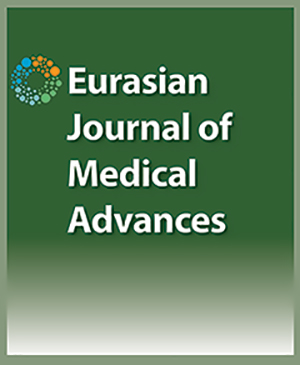

Determination of Puncture Point for Spinal Needle with Ultrasound in a Morbidly Obese Patient
Ali Nadir Ozcekic1, Sibel Devrim1, Ibrahim Ozturk11Department of Anesthesiology, Medeniyet University Goztepe Training and Research Hospital, Istanbul, Turkey,
Obesity, defined as a body mass index (BMI) ≥30 kg/m2, is an important clinical condition that affects many organ systems. In addition to the systematic effects, obesity can lead to complexity in the application of clinical anesthesia, such as regional anesthesia approaches. The use of ultrasound (US) may be necessary to ensure the success and reliability of neuraxial blocks, especially in patients with anatomical landmarks that are difficult to determine. Presently described is a case with a morbidly obese patient case for whom we had to determine the puncture point for a spinal needle using US due to pulmonary issues. In the preoperative evaluation of this 69-year old, 180 kg, 150 cm tall, female patient with a BMI of 75 kg/m2 who had a fracture of the left femoral diaphysis, it was observed that she presented with wheezy breathing and a cough. The physical examination found that end expiration was prolonged and wheezing was auscultated at the end of expiration. Spinal anesthesia was administered to the patient with US guidance as a result of the pulmonary issues. She was admitted to the intensive care unit with no observed problem and was discharged to the orthopedic clinic the following day.
Cite This Article
Ozcekic A, Devrim S, Ozturk I. Determination of Puncture Point for Spinal Needle with Ultrasound in a Morbidly Obese Patient. EJMO. 2017; 1(4): 234-236
Corresponding Author: Ibrahim Ozturk



